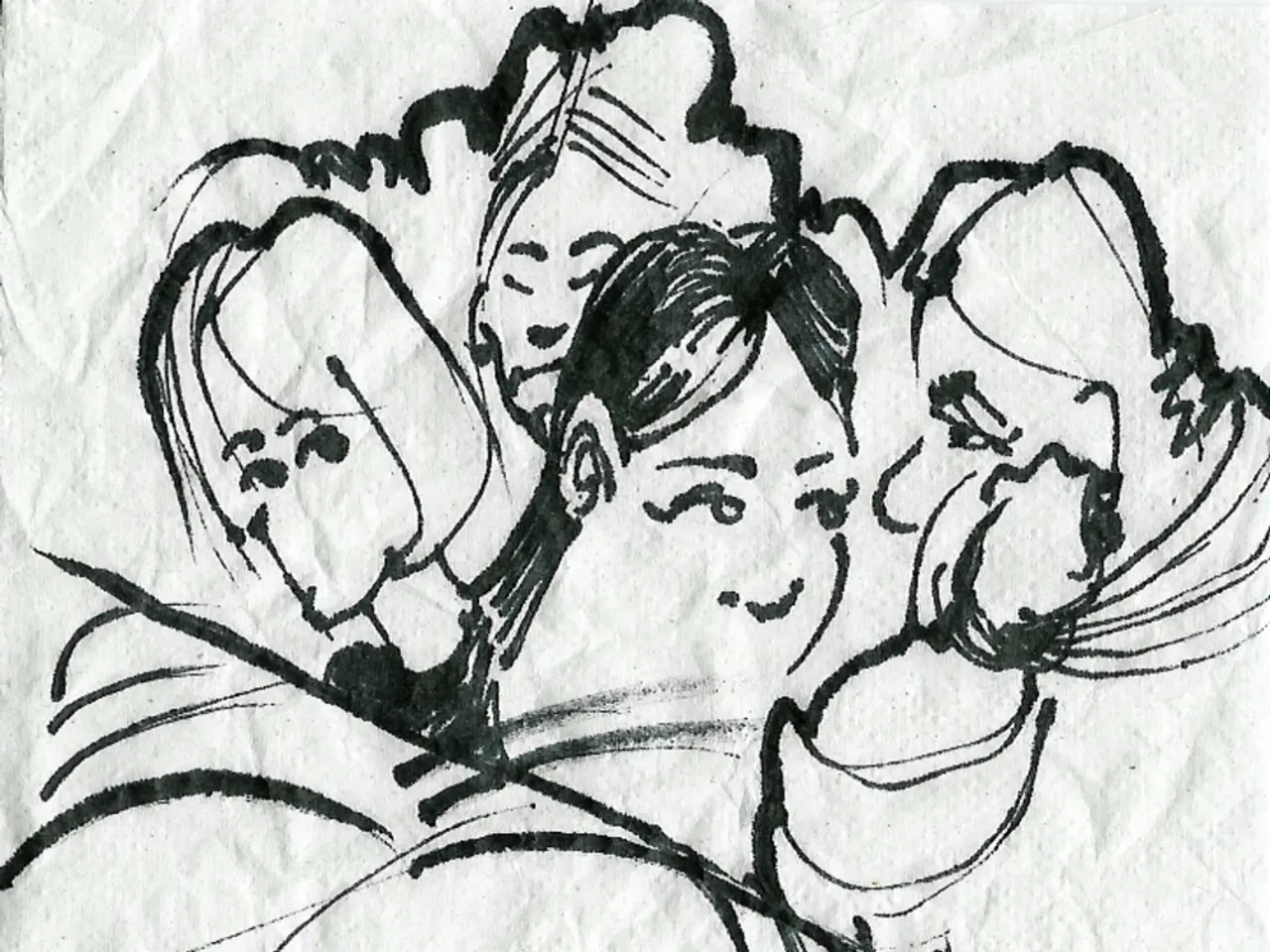Tale of the Westwall unfolds in Hillesheim, as border connections create a narrative
In the picturesque town of Hillesheim, Germany, an intriguing event series is unfolding this month. The focus is on the West Wall, a military defense installation built during the Nazi era, and its impact on the local community and beyond.
The West Wall, also known as the Siegfried Line, was a propaganda tool used by the Nazis to secure the German Reich in the west. A significant portion of it, the Hocker line, will be marked with a painted path, leading visitors from the cultural house to an art installation.
The cultural house is hosting two exhibitions as part of this series. On the ground floor, seven national and international artists are creating new works on the theme of "border". Their diverse disciplines include music, singing, painting, sculpture, dance, literature, and theater.
The heart of the historical exhibition, however, is the diary of Erich Wagner, a Berliner who was asked to help fortify the borders in 1938 and traveled to Hillesheim to build the West Wall. The diary, now owned by the city of Hillesheim, is a fascinating mix of cartoon-like drawings, photographs of the landscape, and ironic texts. It offers a unique insight into the life of a soldier during a tumultuous time, with home, nature, joyful moments, and private happiness juxtaposed against the looming threat of war.
The West Wall was not impregnable, as claimed by the Nazis, and was built quickly and easily. Eyewitness accounts of its construction are presented in the historical exhibition, providing a compelling narrative of the past.
The event series encourages visitors to engage with each other and discuss controversial topics. It's not just about learning from history, but also about understanding its impact on the present. The organisers are not only looking at the West Wall from a historical perspective, but also thinking about the present and the impact of boundaries on people.
The Hocker line has been rebuilt with 50 pieces, now in a light material, and painted by artists and children. A Ukrainian artist's works, depicting Putin or a tank on the wings of woven moths, are among the highlights of the contemporary art exhibition.
The event series in Hillesheim includes lectures, discussions, film screenings, and workshops for children. It aims to shed light on the history of the people through the structure of the West Wall, exploring the question: What boundaries exist today, both real and in our minds?
This thought-provoking event series invites everyone to visit Hillesheim and embark on a journey through history and contemporary art, fostering dialogue and understanding.
Read also:
- Understanding Hemorrhagic Gastroenteritis: Key Facts
- Stopping Osteoporosis Treatment: Timeline Considerations
- Expanded Community Health Involvement by CK Birla Hospitals, Jaipur, Maintained Through Consistent Outreach Programs Across Rajasthan
- Abdominal Fat Accumulation: Causes and Strategies for Reduction







